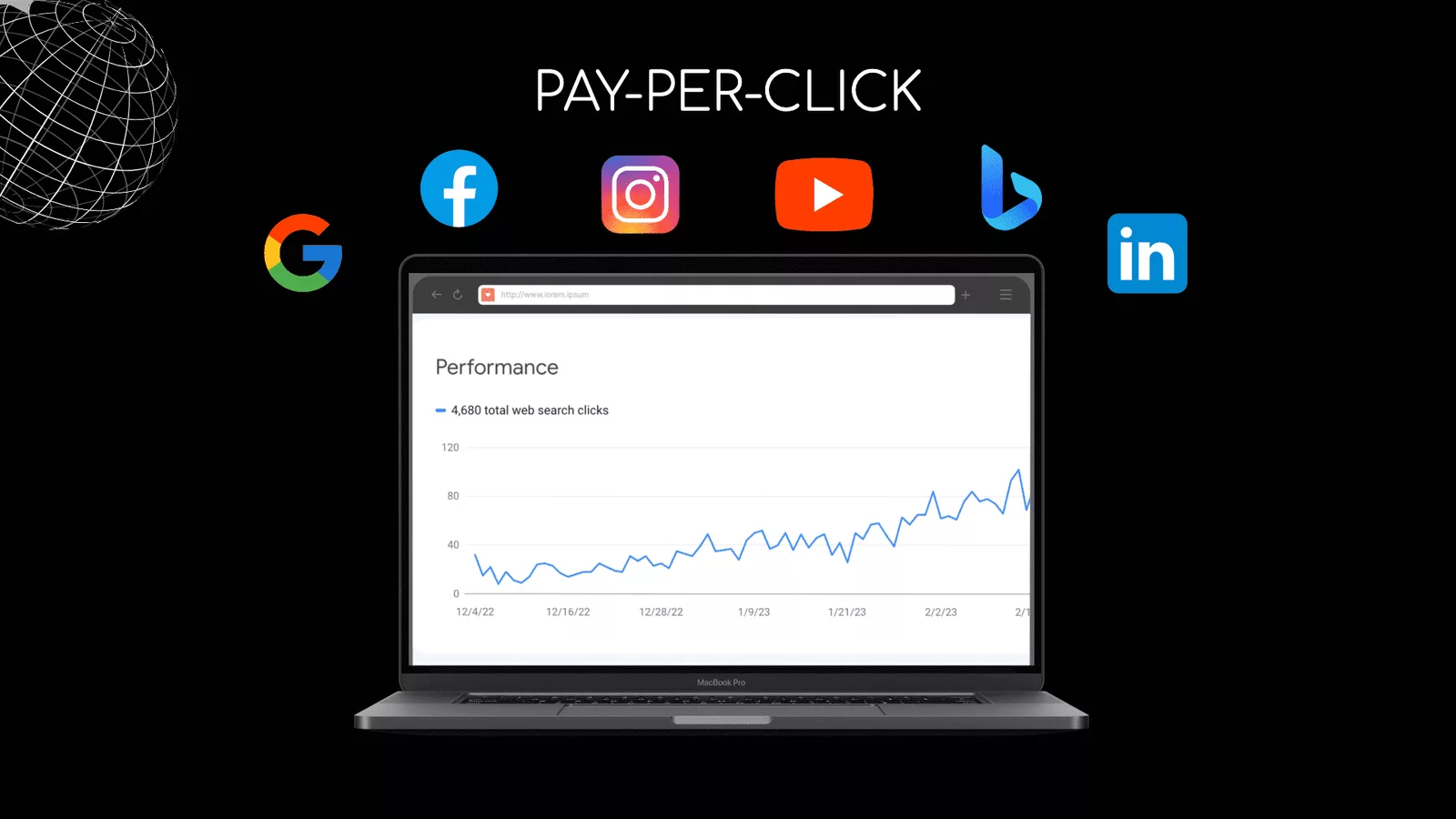Pay-per-click (PPC) advertising is one of the most effective ways to drive targeted traffic to a website, generate leads, and increase conversions. However, it can be complex, and if you don’t have a good understanding of how it works, it can quickly become a costly and ineffective advertising strategy.
In this ultimate guide to PPC advertising, we’ll cover everything you need to know to run successful PPC campaigns, including the different types of PPC ads, how to set up and manage campaigns, and best practices for optimizing your campaigns.
1. What is PPC Advertising?
PPC advertising is a form of digital advertising where advertisers pay a fee each time one of their ads is clicked. This type of advertising is commonly used on search engines like Google and Bing, as well as on social media platforms like Facebook, Twitter, and LinkedIn.
PPC ads can be targeted to specific keywords, locations, demographics, and interests, making it a highly effective way to reach your target audience.
Request Free Review
We start by reviewing your website and then take a look at your current ranking in SERPs.
- Unlock Your Website’s Potential with Our Comprehensive Analysis.
- Outrank Your Competitors with Our Expert Insights and Recommendations.
- Ways for increasing website traffic.
- Get Tailored Recommendations to Achieve Better Results Online.
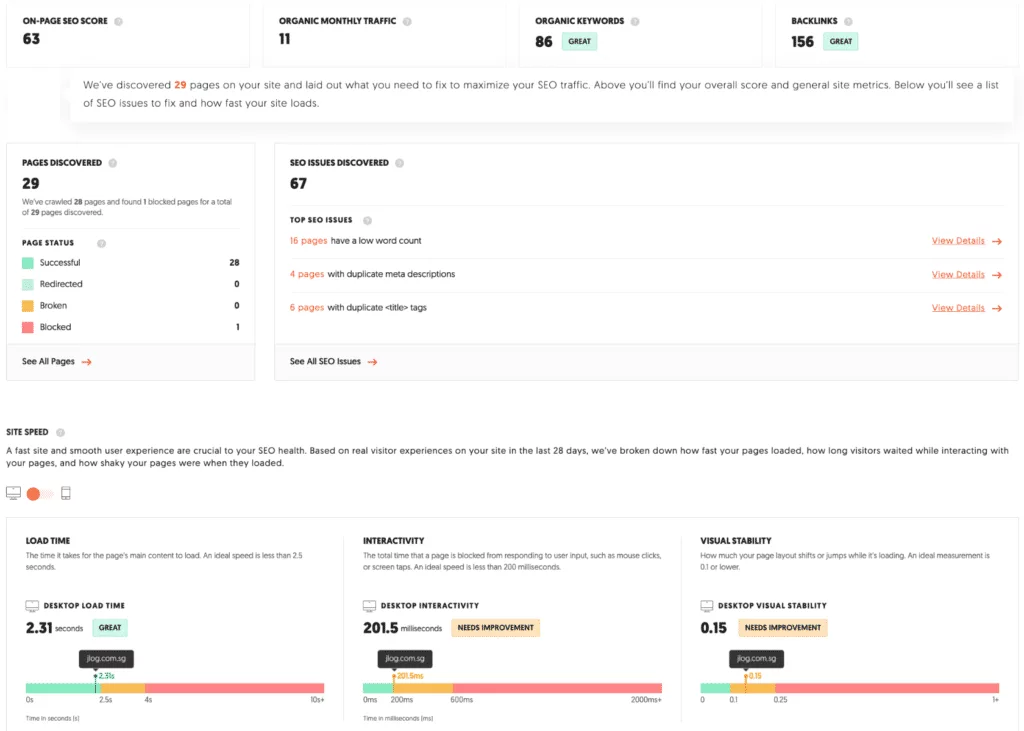
2. Types of PPC Ads
There are several types of PPC ads that advertisers can use to reach their target audience:
2.1. Search Ads
Search ads are the most common type of PPC ad and are displayed at the top of search engine results pages (SERPs) when a user searches for a specific keyword. Advertisers bid on specific keywords and pay each time their ad is clicked.
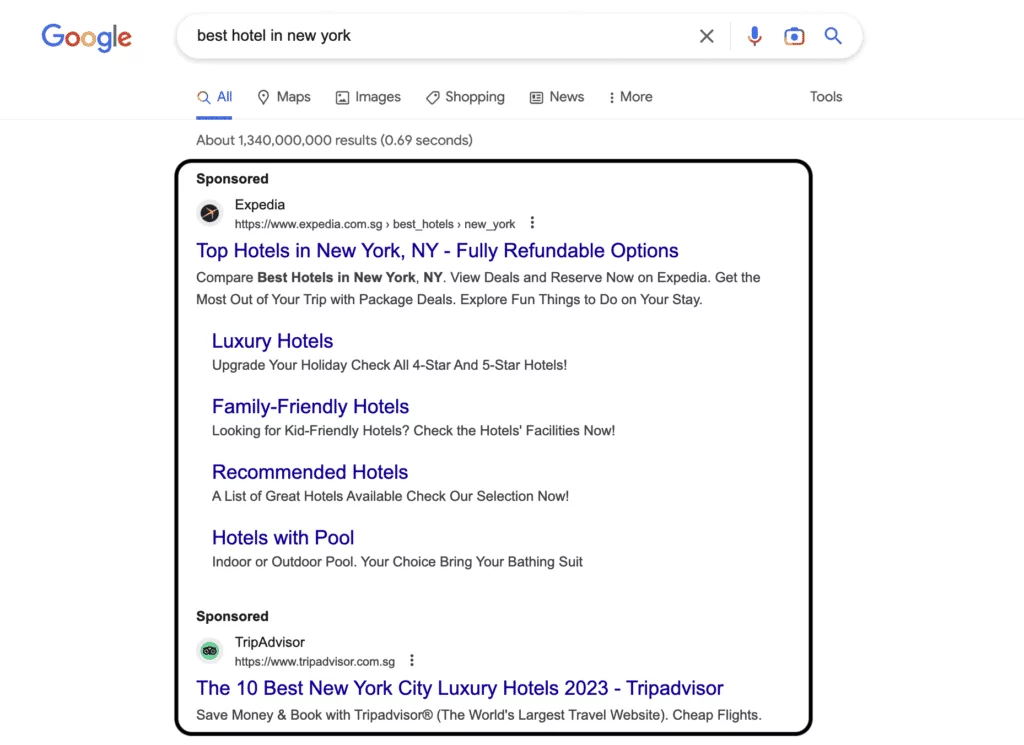
2.2. Display Ads
Display ads are graphical ads that are displayed on websites within the Google Display Network. These ads can be targeted to specific demographics, interests, and behaviors.
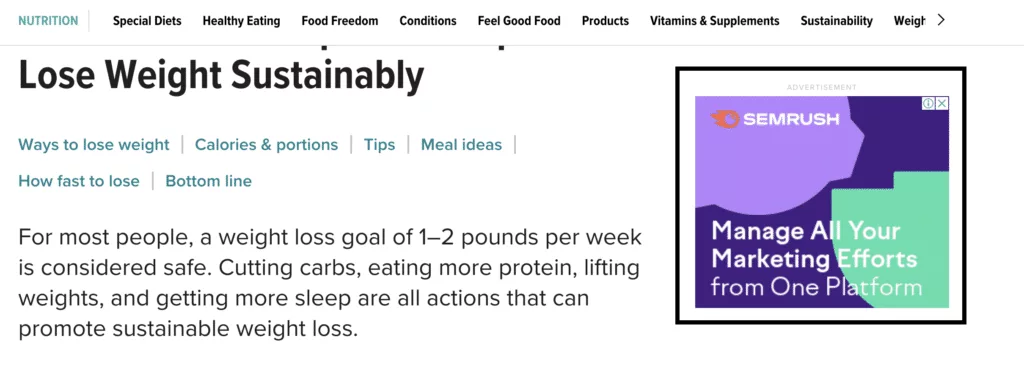
2.3. Social Media Ads
Social media ads are ads that are displayed on social media platforms like Facebook, Twitter, and LinkedIn. These ads can be targeted to specific demographics, interests, behaviors, and even specific job titles.
2.4. Shopping Ads
Shopping ads are ads that are displayed on Google Shopping when a user searches for a specific product. These ads can include product images, descriptions, and prices.
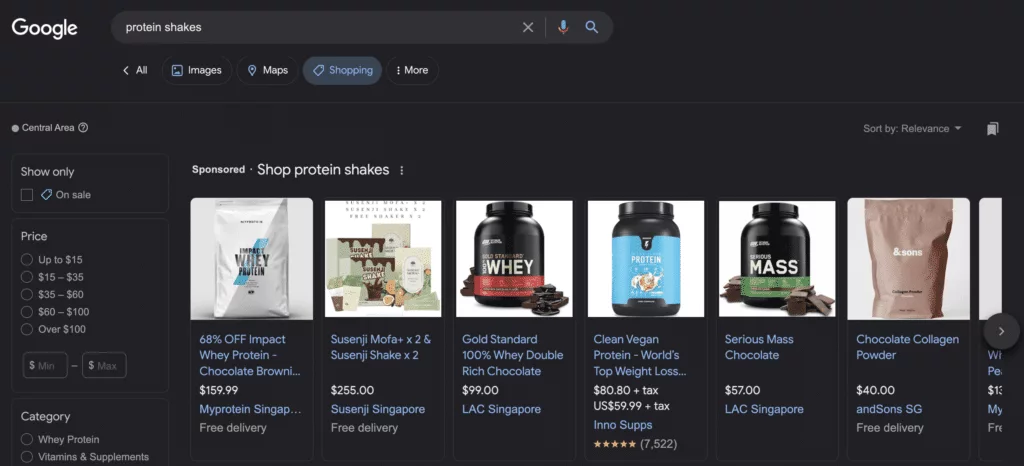
3. Setting up a PPC Campaign
Setting up a successful PPC campaign involves several key steps:
3.1. Keyword Research
Keyword research is the process of identifying the keywords and phrases that your target audience is using to search for your products or services. This involves analyzing search volume, competition, and relevancy.
3.2. Ad Creation
Once you have identified your target keywords, the next step is to create effective ad copy that will entice users to click on your ad. Ad copy should be clear, concise, and highlight the benefits of your products or services.
3.3. Targeting
Targeting is the process of selecting the audience that your ads will be displayed to. You can target based on factors such as location, demographics, interests, and behaviors. This ensures that your ads are being shown to the people who are most likely to be interested in your products or services.
3.4. Bid Management
Bid management involves setting the maximum amount you are willing to pay for each click on your ad. The higher your bid, the more likely your ad is to be displayed in a higher position on the search results page. However, it’s important to find the right balance between bid amount and ad position to ensure a good return on investment (ROI).
3.5. Landing Page Optimization
Once a user clicks on your ad, they will be taken to a landing page on your website. It’s important to optimize your landing page to ensure a good user experience and a high conversion rate. This includes elements such as clear and compelling copy, strong calls to action, and easy navigation.
4. Managing a PPC Campaign
Managing a successful PPC campaign involves ongoing monitoring and optimization. Here are some key steps to follow:

4.1. Monitoring Performance
Regularly monitoring your campaign performance allows you to identify areas that need improvement and make changes to optimize your ROI. Key metrics to monitor include click-through rate (CTR), conversion rate, cost per click (CPC), and return on ad spend (ROAS).
4.2. A/B Testing
A/B testing involves creating multiple versions of your ads and landing pages to see which version performs best. This allows you to make data-driven decisions and continuously improve your campaign performance.
4.3. Budget Management
Effective budget management involves setting a daily or monthly budget and adjusting your bids and targeting to stay within that budget. It’s important to regularly review your campaign performance and adjust your budget as needed to maximize your ROI.
4.4. Campaign Optimization
Campaign optimization involves making adjustments to your targeting, ad copy, and landing pages to continuously improve your campaign performance. This includes using negative keywords to exclude irrelevant search terms, optimizing your ad copy to increase CTR, and testing different landing pages to improve conversion rate.
5. Best Practices for PPC Advertising
To maximize the effectiveness of your PPC campaigns, follow these best practices:
5.1. Conducting Competitor Research
Conducting competitor research allows you to identify what your competitors are doing well and where you can improve. This includes analyzing their ad copy, targeting, and landing pages.
5.2. Creating Effective Ad Copy
Effective ad copy is clear, concise, and highlights the benefits of your products or services. It’s important to use attention-grabbing headlines and strong calls to action to entice users to click on your ad.
5.3. Choosing the Right Keywords
Choosing the right keywords involves finding keywords that are relevant to your products or services and have a high search volume. This involves using keyword research tools and analyzing search trends.
5.4. Using Negative Keywords
Using negative keywords allows you to exclude irrelevant search terms and ensure that your ads are only being displayed to users who are interested in your products or services.
5.5. Geo-Targeting
Geo-targeting allows you to target users in specific locations. This is particularly useful for businesses that only serve specific geographic areas.
5.6. Ad Scheduling
Ad scheduling involves specifying the days and times that your ads will be displayed. This allows you to target users when they are most likely to be searching for your products or services.
5.7. Utilizing Ad Extensions
Ad extensions allow you to include additional information in your ads, such as phone numbers, location information, and links to specific pages on your website. This can improve the effectiveness of your ads and provide users with more relevant information.
5.8. Continuous Optimization
Continuous optimization involves regularly reviewing and adjusting your campaign performance based on data analysis. This includes making changes to your targeting, ad copy, and landing pages to improve your ROI.
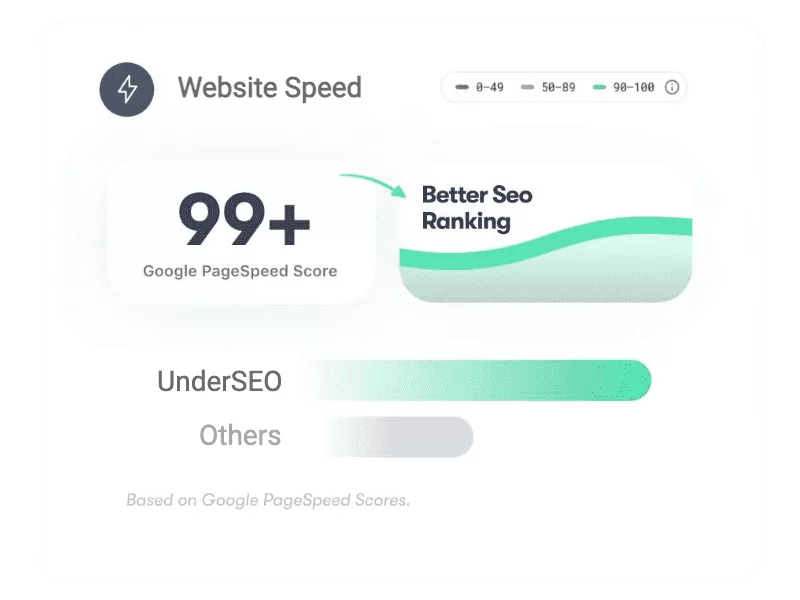
Need Some Help?
PPC’s Guide: The Ultimate Guide to PPC Advertising
6. Conclusion
PPC advertising can be a powerful tool for businesses looking to reach their target audience and drive conversions. By following best practices and implementing a well-structured campaign, you can achieve a high ROI and grow your business. Remember to regularly monitor and optimize your campaigns to ensure ongoing success.
FAQs
- What is PPC advertising? PPC advertising is a form of digital advertising where businesses pay each time a user clicks on one of their ads.
- How does PPC advertising work? PPC advertising works by allowing businesses to bid on keywords related to their products or services, and displaying their ads to users who search for those keywords.
- What are the benefits of PPC advertising? The benefits of PPC advertising include targeted audience reach, measurable results, and the ability to control ad spend.
- How do I create a successful PPC campaign? To create a successful PPC campaign, you need to conduct keyword research, create effective ad copy, and optimize your targeting and bidding strategies.
- How do I measure the success of my PPC campaign? You can measure the success of your PPC campaign by monitoring metrics such as click-through rate, conversion rate, and return on ad spend.

